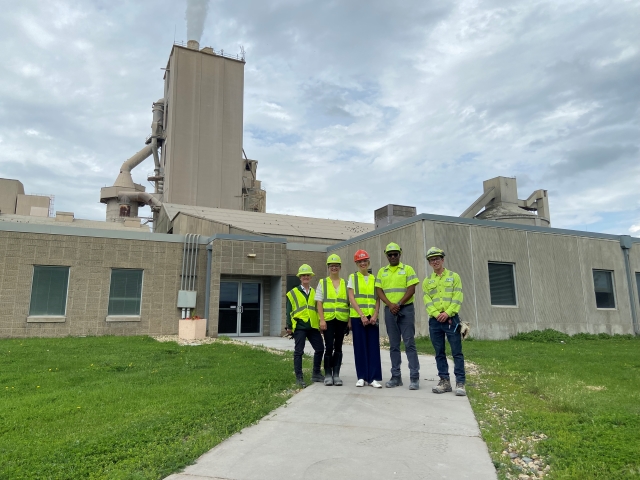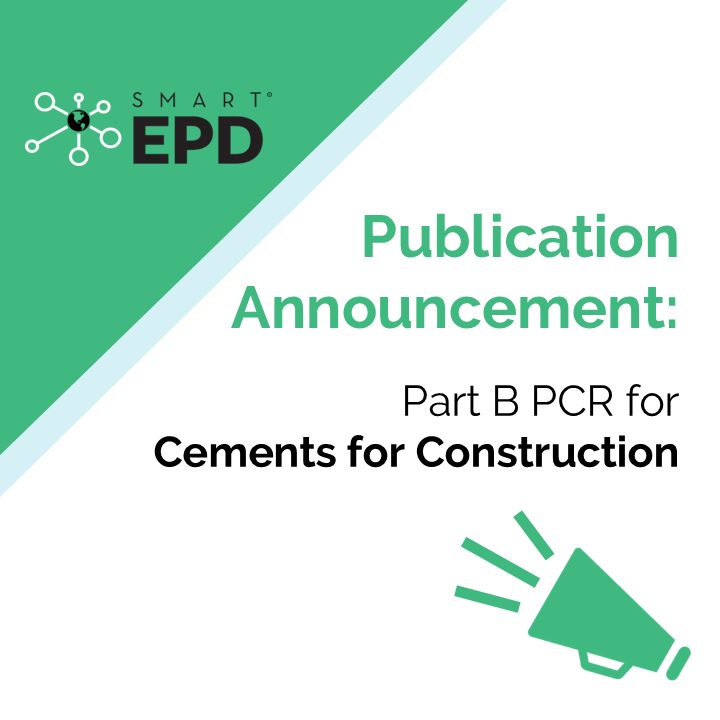University of Cambridge researchers have developed a method to reclinker recovered cement paste embedded in used concrete that can then be used to produce zero emissions cement.
Recent tests carried out by the Materials Processing Institute, a partner in the research project, showed that recycled cement can be produced at scale in an electric arc furnace (EAF). Eventually, this method could produce zero emission cement, if the EAF was powered by renewable energy.
The Cambridge Electric Cement process begins with concrete waste that is crushed and then the sand and stone removed. The old cement powder is then used instead of lime-flux in steel recycling. As the steel melts, the flux forms a slag that floats on the liquid steel, to protect it from oxygen in the air. After the recycled steel is tapped off, the liquid slag is cooled rapidly in air, and ground up into a powder that is virtually identical to the clinker used in portland cement.
The process has been scaling rapidly, and the Cambridge researchers said they could be producing 1 billion tonnes per year by 2050, which represents roughly a quarter of current annual cement production.

“Producing zero emissions cement is an absolute miracle, but we’ve also got to reduce the amount of cement and concrete we use,” said Professor Julian Allwood from Cambridge’s Department of Engineering, who led the research. “Concrete is cheap, strong and can be made almost anywhere, but we just use far too much of it. We could dramatically reduce the amount of concrete we use without any reduction in safety, but there needs to be political will to make that happen.
“As well as being a breakthrough for the construction industry, we hope that Cambridge Electric Cement will also be a flag to help the government recognize that the opportunities for innovation on our journey to zero emissions extend far beyond the energy sector.”
The researchers have filed a patent on the process to support its commercialization.



